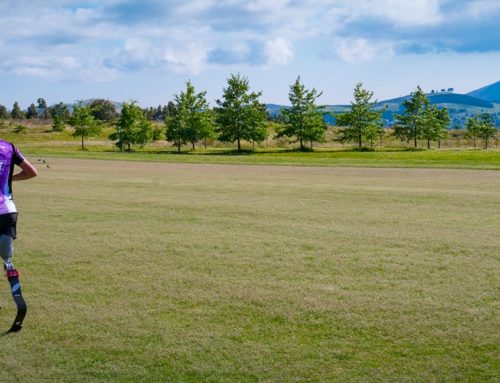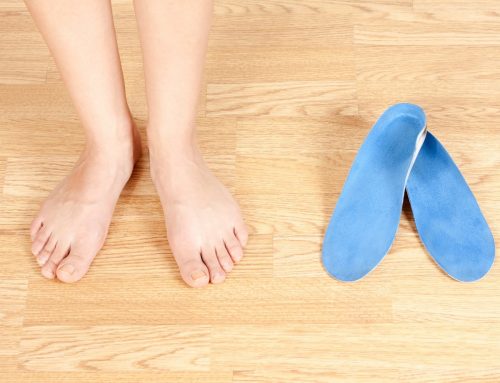What factors contribute to injury risk and injury occurrence
Can sports injuries be prevented- Part 2 – What factors contribute to injury risk and injury occurrence – There are many factors that have been shown to increase the risk of sports injuries. Some of these things we cannot change and are considered non modifiable risk factors. Others can be changed via various strategies and are considered modifiable risk factors. The non-modifiable risk factors include
- Age– there are different stages of the physical maturation that place athletes at greater risk of injury. During peak growth spurts during adolescence there is often higher rates of overuse injuries and things dubbed growing pains including tendinopathies, Osgood Schlatter’s, severs disease. During the transition from junior sports to senior participation is another time of high injury risk. This is usually around the age of 18-19, athletes have not yet reached full skeletal maturation and are competing against experienced fully mature athletes. The rapid increase in intensity can leave some athlete more vulnerable to injury. Finally, as we reach the late stage of a sporting career certain injuries become more common. From the age of around 30 for most athletes our bodies don’t regenerate as quickly, and our hormone begin to change. This leads to a rise in soft tissue and tendon injuries often dubbed @old person injuries@.
- Sex– females have certain characteristics that place them at higher risk of knee injuries. They tend to have thinner ligaments, a higher Q angle (the angle between the hips and knees) and less testosterone which builds muscle bulk and strength. 1 in 29 female athletes involved in pivoting and cutting sports sustain an ACL tear while 1 in 50 men sustain an ACL tear in same sports. There is more recent evidence that females are affected more significantly from concussion and take longer to recover. Similarly, there is some preliminary research that indicates female hormones can contribute to particular knee ligament injuries. Unfortunately for females they are more likely to suffer from stress fractures which can be another result of hormonal changes in athletes and at different stages of the life cycle. Men on the other hand are more likely to be hospitalised due to and injury or recreational activity and generally are involved in more high-risk sports and activities.
- Genetic/ Hereditary Factors– as with many health and physical outcomes some athletes have a greater disposition to certain injuries. Those athletes who have a family history of ACL tears, shoulder dislocations, tendinopathy, and other injuries are more likely to suffer a similar injury during their career.
- Weather and environment– the type of surface athletes play on can contribute to injury risks. Players who compete on harder surfaces have higher risks of overuse injuries; players competing in contact sports have a higher risk of shoulder injuries and concussion; there has also been some evidence that AFL players are more likely to hurt their ACL early in the season or during the preseason when the ground is harder and faster.
- Human factor– in most sports there are other athletes and officials in the field of play. On some occasions, there is unexpected or unsportsmanlike contact between these different parties. This can lead to a host of injuries from minor to severe. A tackle gone wrong, and having another athlete fall on you are examples of this.
Modifiable risk factors can be controlled to a certain degree and can reduce the risk of injury. These include
- Training loads– there is growing research that when training loads become too high or unsustainable the risk of injuries increases. This is even more prevalent with rapid spikes or peaks in load over short periods of time. This is relevant to basketball and other sports whose major championships involve tournament play involving multiple games in a short period or camps involving multiple sessions in a day for a weekend. During these tournaments’ athletes are at higher risk of injury as they are used to training or playing once a day or evening with plenty of time to recover. There is no formula that can predict an athlete’s risk of injury and shouldn’t be rigidly implemented but athlete monitoring and understanding your athletes allows for better management of players and loads. There is some research discussing the acute to chronic workload ratio however there are flaws with this model particularly in team sports and shouldn’t be used as a hard and fast formula but more a rough guide.
- Fitness– athletes with better cardio fitness and lower body mass index have been shown to have reduced injury risks. This includes tendinopathies and ACL injuries. Ensuring athletes are well training and generally fit is important for injury prevention
- Early specialisation– specialising in one sport and neglecting all others at increasingly younger ages is more common. There is growing evidence that this may actually increase the risk of injury. The professionalisation of junior sports and the increase in high-performance programs have resulted in increased costs and time commitments for each sport. It has resulted in younger athletes competing at higher levels at younger ages and makes it more difficult for children to participate in multiple sports due to busy schedules. However, playing multiple sports builds injury resilience via improved variable stimulus and load response, better quality and more variation in movement patterns, better-rounded fundamental movement skills, better general fitness. Current evidence suggests athletes should be allowed to play multiple sports until 16-18 years old.
- Skill level/ expertise– better-skilled athletes can execute sport-specific skills with autonomy and variability. This means they are less likely to suffer an injury as they are technically more proficient and can handle more challenging situations. As discussed previously younger athletes competing at a higher level and more intense competitions can also contribute to injury risk. This is due to athletes spending longer on ‘the redline’ which is the intensity where performance increases and the injury risk increase due to the extra stress on the body.
- Equipment– appropriate and age-specific equipment is important to reduce injury risk. This may include safety equipment and padding but also using equipment the correct size or weight. If equipment is incorrect young athletes can develop injuries as a result of inappropriate loads placed on the body’s tissues.
- Previous injury– in sports medicine the single biggest risk factor is a similar previous injury in the preceding 12 months or season. Re-injury rates are very high, 50% of people who have an ankle sprain will suffer another ankle sprain at some point. Similarly, 30% of athletes who sustain a hamstring strain suffered another one in the same season. This may be due to premature return to sport, maladaptive movement patterns, lingering weakness or genetic predisposition, or loss of conditioning.
- Chronic lack of sleep– sleep along with nutrition are the most important factors for recovery following a match. However, depending on the time, intensity, or conditions of the game sleeping after a match can be challenging and the turnaround to the next game may be short. Chronic lack of sleep can increase fatigue, reduce concentration and coordination and result in poor recovery. This can then lead to injury or a reduction in performance.
Can sports injuries be prevented – 2 – Author: Toby Marcus
Meanwhile, anyone can reach out to staff members at (02) 6210 0060 to ask questions or schedule an in-person appointment.




